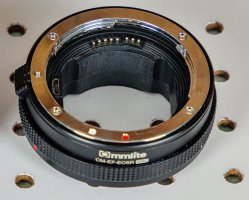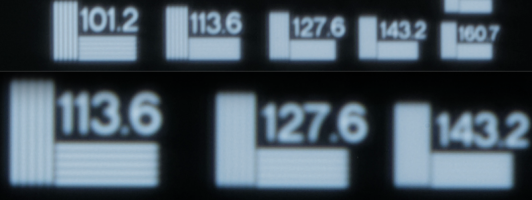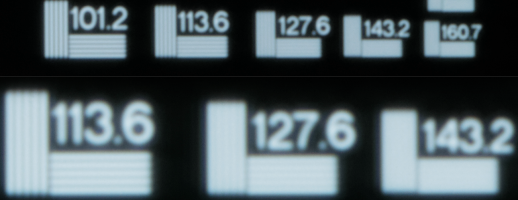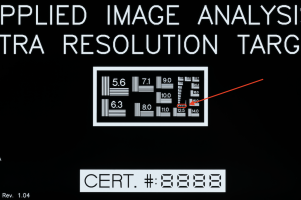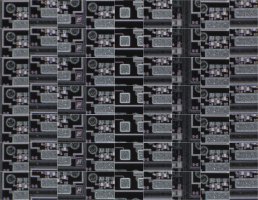Thanks for this! have just acquired a 600mm F4 IS II and want to get as much out of it as I can. Right now I have the EF 1.4 and 2X converters and am shooting with an R5.
I really appreciate the "real world" test where you can see the effects of the magnification.
Post some photos in the field when you have a chance.
I really appreciate the "real world" test where you can see the effects of the magnification.
Post some photos in the field when you have a chance.
Upvote
0

